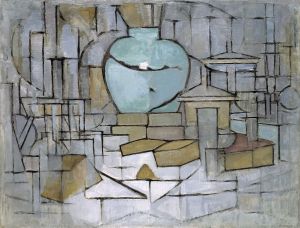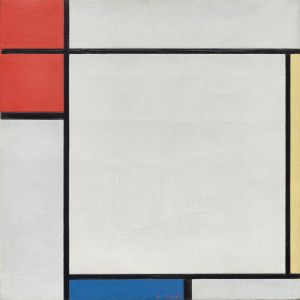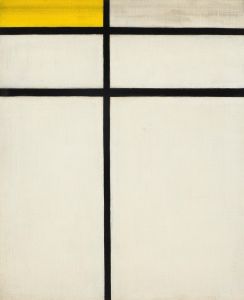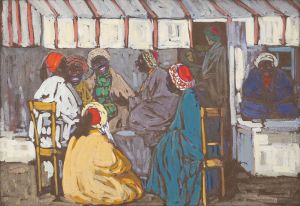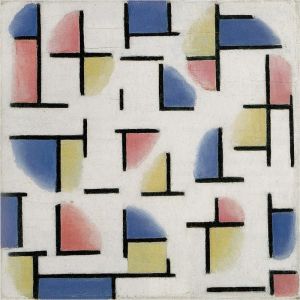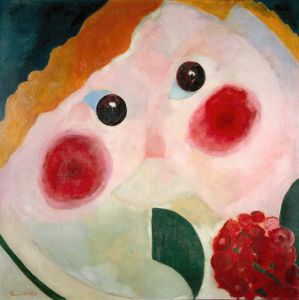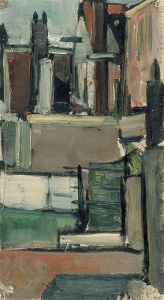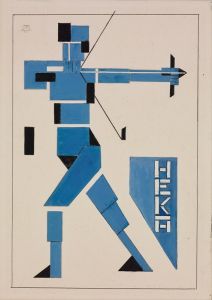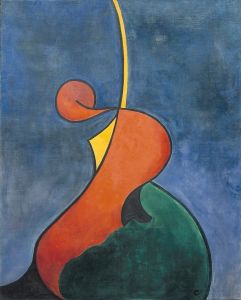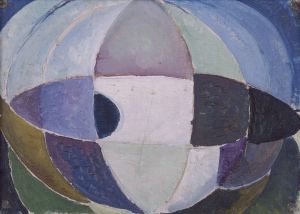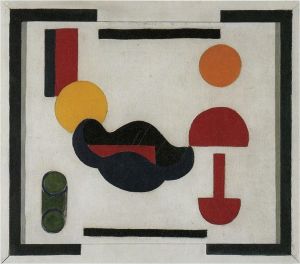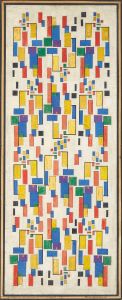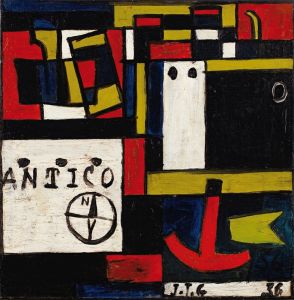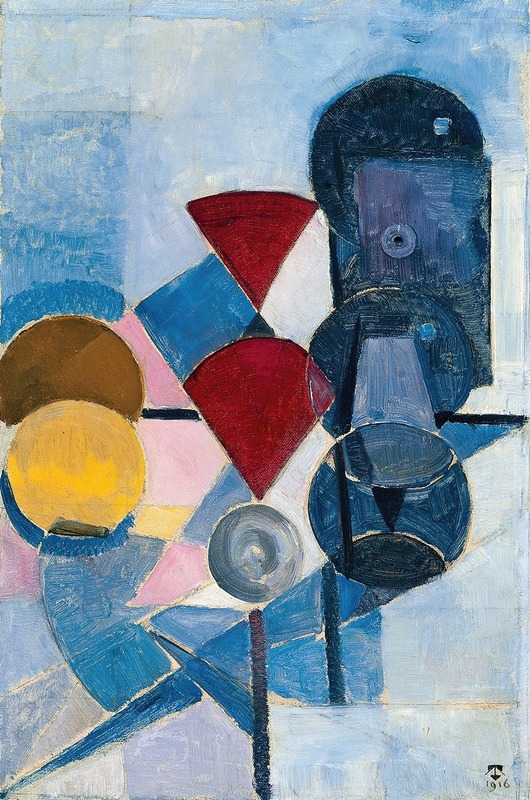
Composition II
A hand-painted replica of Theo van Doesburg’s masterpiece Composition II, meticulously crafted by professional artists to capture the true essence of the original. Each piece is created with museum-quality canvas and rare mineral pigments, carefully painted by experienced artists with delicate brushstrokes and rich, layered colors to perfectly recreate the texture of the original artwork. Unlike machine-printed reproductions, this hand-painted version brings the painting to life, infused with the artist’s emotions and skill in every stroke. Whether for personal collection or home decoration, it instantly elevates the artistic atmosphere of any space.
Theo van Doesburg was a Dutch artist, writer, and architect, best known as a leading figure in the De Stijl movement, which he co-founded with Piet Mondrian. The movement, also known as Neoplasticism, was characterized by a strict use of geometric forms and a limited palette of primary colors, along with black, white, and gray. Van Doesburg's work in painting, architecture, and design was influential in the development of modern art and architecture.
"Composition II" is one of Theo van Doesburg's works that exemplifies the principles of the De Stijl movement. Although specific details about "Composition II" are limited, it is likely that the painting adheres to the movement's aesthetic, which emphasized harmony and order through abstraction and reduction to essential forms and colors.
Van Doesburg's approach to art was deeply theoretical, and he believed that art should reflect universal values and truths. This belief was reflected in his use of geometric abstraction, which he saw as a way to express a new, modern reality. His compositions often featured a grid-like structure, with rectangles and squares arranged in a balanced and harmonious manner. The use of primary colors was intended to convey purity and clarity, while the absence of representational elements was meant to focus the viewer's attention on the formal qualities of the work.
In addition to his painting, van Doesburg was an influential writer and theorist. He edited the journal "De Stijl," which disseminated the ideas of the movement and featured contributions from other prominent artists and architects, including Mondrian, Gerrit Rietveld, and J.J.P. Oud. Through his writings, van Doesburg articulated the philosophical underpinnings of De Stijl and advocated for its application beyond painting, into architecture and design.
Van Doesburg's impact on modern art extends beyond his own work. His ideas influenced the Bauhaus school in Germany, where he taught briefly, and his emphasis on abstraction and integration of art and architecture resonated with many artists and architects of the time. Although his relationship with Mondrian eventually became strained due to differing views on the direction of the movement, van Doesburg's contributions to De Stijl were significant and enduring.
While specific information about "Composition II" is limited, it can be understood within the broader context of van Doesburg's work and the De Stijl movement. The painting likely embodies the movement's ideals of simplicity, order, and universality, achieved through the use of geometric forms and a restricted color palette. Van Doesburg's legacy as a pioneer of abstract art and a key figure in the development of modernism remains influential to this day.





